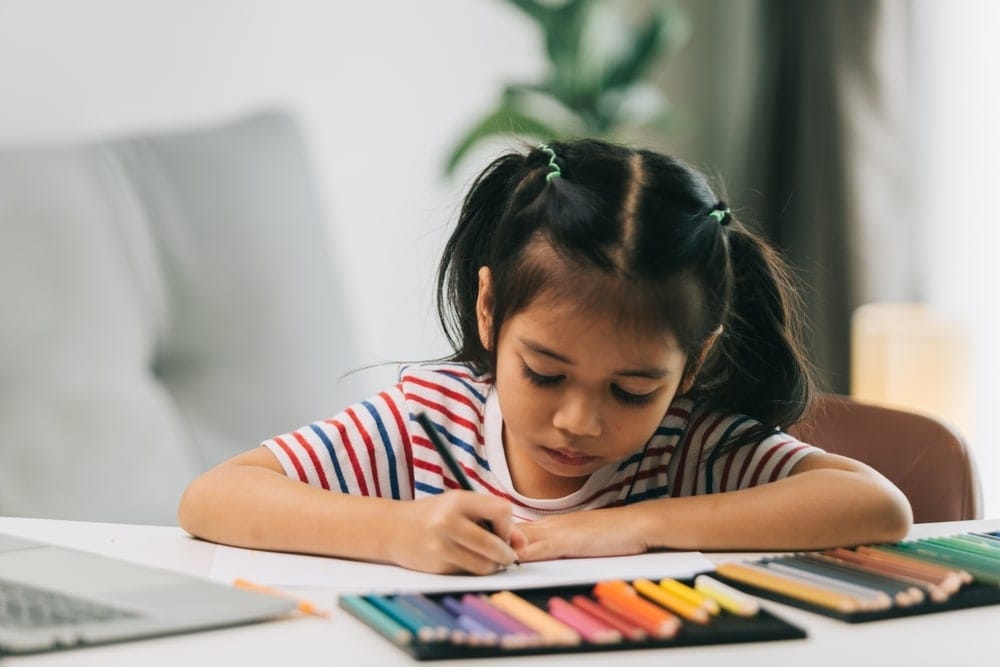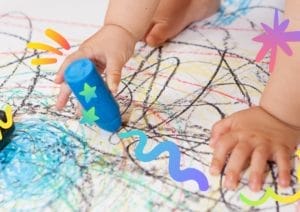Drawing offers numerous benefits for kids, extending beyond mere entertainment.
Have you ever considered the impact of drawing on a child’s development? Beyond being a simple pastime, drawing offers a range of benefits for young minds. In this blog post, let’s read about the diverse ways drawing contributes to children’s growth. We will explore how it enhances fine motor skills, boosts creativity, improves self-esteem, reduces stress, facilitates emotional expression, and aids in academic development. Discover why encouraging children to draw is not just about entertainment, but a vital part of their overall development.

The Advantages of Drawing for Children
Drawing is an exciting activity for children, allowing them to bring their vivid imaginations to life. Beyond this, drawing offers numerous benefits:

Enhancing Fine Motor Skills
When children draw, they use their hands and fingers precisely, improving hand-eye coordination. This advancement aids in other activities like sports or learning musical instruments. Moreover, these fine motor skills are foundational for academic tasks such as writing and using tools, making drawing a valuable part of their early education.

Fostering Creativity
Drawing encourages children to exercise their creativity, producing original and unique art. It also provides an opportunity to explore colors, shapes, patterns and ideas. This exploration not only stimulates their imagination but also encourages them to think in new and unconventional ways, an ability that can be applied across various aspects of life.

Boosting Self-Esteem
Expressing themselves through drawing nurtures a child’s inner self-esteem. The act of creating something from their imagination and seeing it take shape on paper instills a sense of accomplishment and empowerment. This pride in their own work fuels a positive self-image and motivates them to continue honing their artistic skills, contributing significantly to their personal development and confidence.

Reducing Stress and Anxiety
Focusing on drawing allows children to immerse themselves in the creative process, momentarily setting aside worries. This activity also hones concentration, focus, and attention to detail, essential for academic achievement. Furthermore, the calming effect of drawing can foster a sense of inner peace and emotional resilience, which is crucial for their mental well-being.

Facilitating Emotional Expression
For children who struggle to express their emotions verbally, drawing offers a visual medium for communication. This can be particularly beneficial for those dealing with depression, anxiety, or other emotional challenges. By translating feelings into images, children find a safe and accessible outlet for expressing complex emotions, aiding in their emotional processing and understanding.

Improving Academic Skills
Engaging in drawing activities requires focus and attention, effectively enhancing a child’s attention span. This extended concentration is crucial in academic settings, where prolonged attention to tasks is often required. Furthermore, drawing tasks children with solving visual and spatial problems, such as accurately portraying dimensions or arranging elements in a cohesive composition. These problem-solving exercises are directly transferable to academic challenges, fostering a mindset that is adept at tackling complex problems and thinking creatively.



